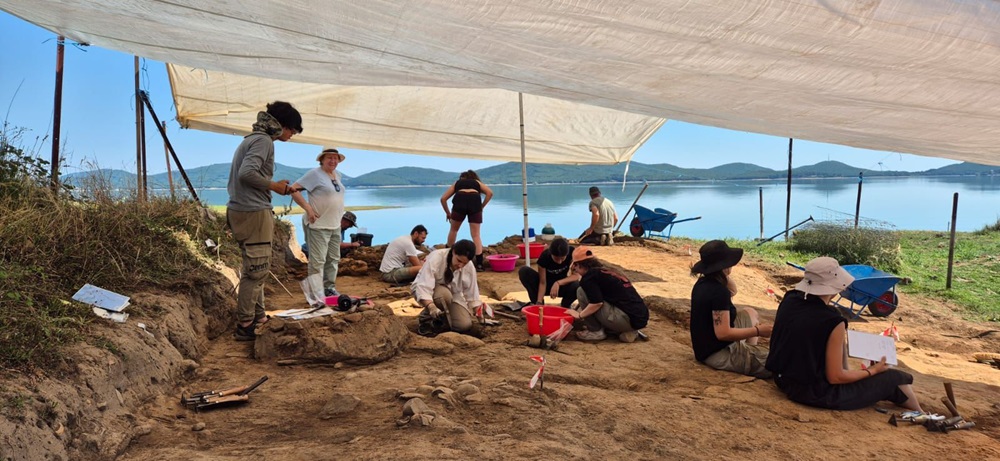
The third excavation period was recently completed, at the Neolithic site “Botanical Garden”, on the western shores of Lake Plastiras, where a Neolithic settlement has been identified at an altitude of 800m. At a depth of about 1 m below the surface, the main surface of the site was identified, which, according to radiocarbon dating, dates back to the transition from the end of the Early Neolithic / beginning of the Middle Neolithic (5999-5845 B.C.- OxA 18194). The finds attest that this was a site that was self-sufficient in raw materials, such as clay for pottery and flint of various varieties, and a wealth of triptych tools and many millstones made from sandstone found in the natural bedrock of the site. The pottery is generally monochrome, made in situ, as two ceramic kiln assemblages were uncovered so far, with mainly spherical vessels embedded in them, apparently in their firing position.
It is estimated, according to the stratigraphy, that other furnaces will be found subsequently. The presence of ceramic kilns in such an early period is a very recent information from three other sites in Thessaly. That they were found here demonstrates the autonomy of this mountainous site and possibly the more permanent character of the site. There have also been found ‘self-built structures’ for various uses, possibly a furnace. A large area is covered by hearth deposits limited by the presence of a brick wall, where hearths, postholes and other mobile finds have been found.
Among the movable finds from all over the site are some anthropomorphic figurines, one of which has the rare surviving height of 10.5 cm, while the whole is estimated to be over 16-17 cm high. There is also an intact model of a kiln or a house, also a very rare find. Some decorative elements (knobs) are found in the pottery, which can probably lead to closer connections with specific sites of the same period in the Thessalian plain. As assessed so far, this is a rare Neolithic site at high altitude, which differs from what we know so far from similar sites in the lowlands, in the sense of ‘originality’ and the non-repetition of similar mobile or fixed finds, and should be treated as a special case that opens up new fields in Neolithic research.

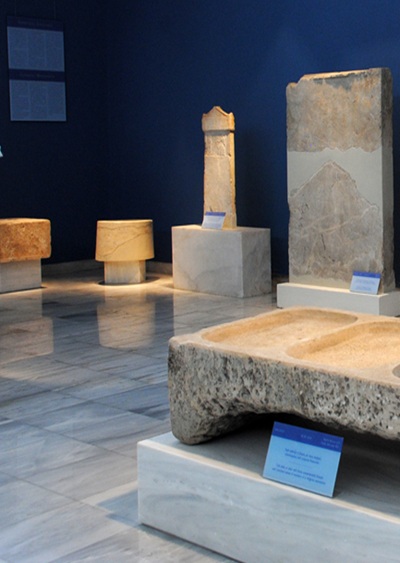
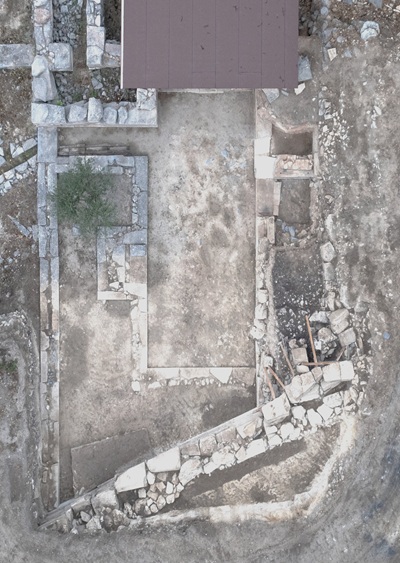
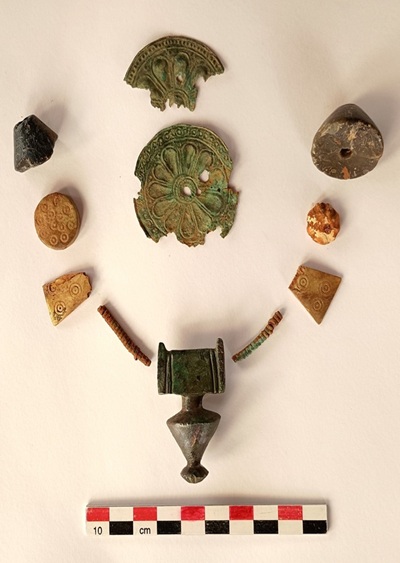
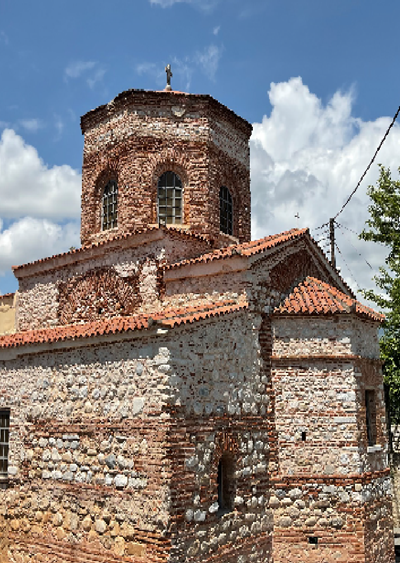


Leave A Comment